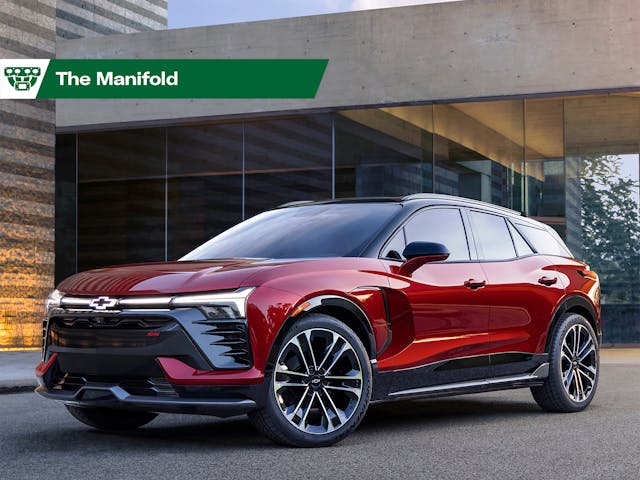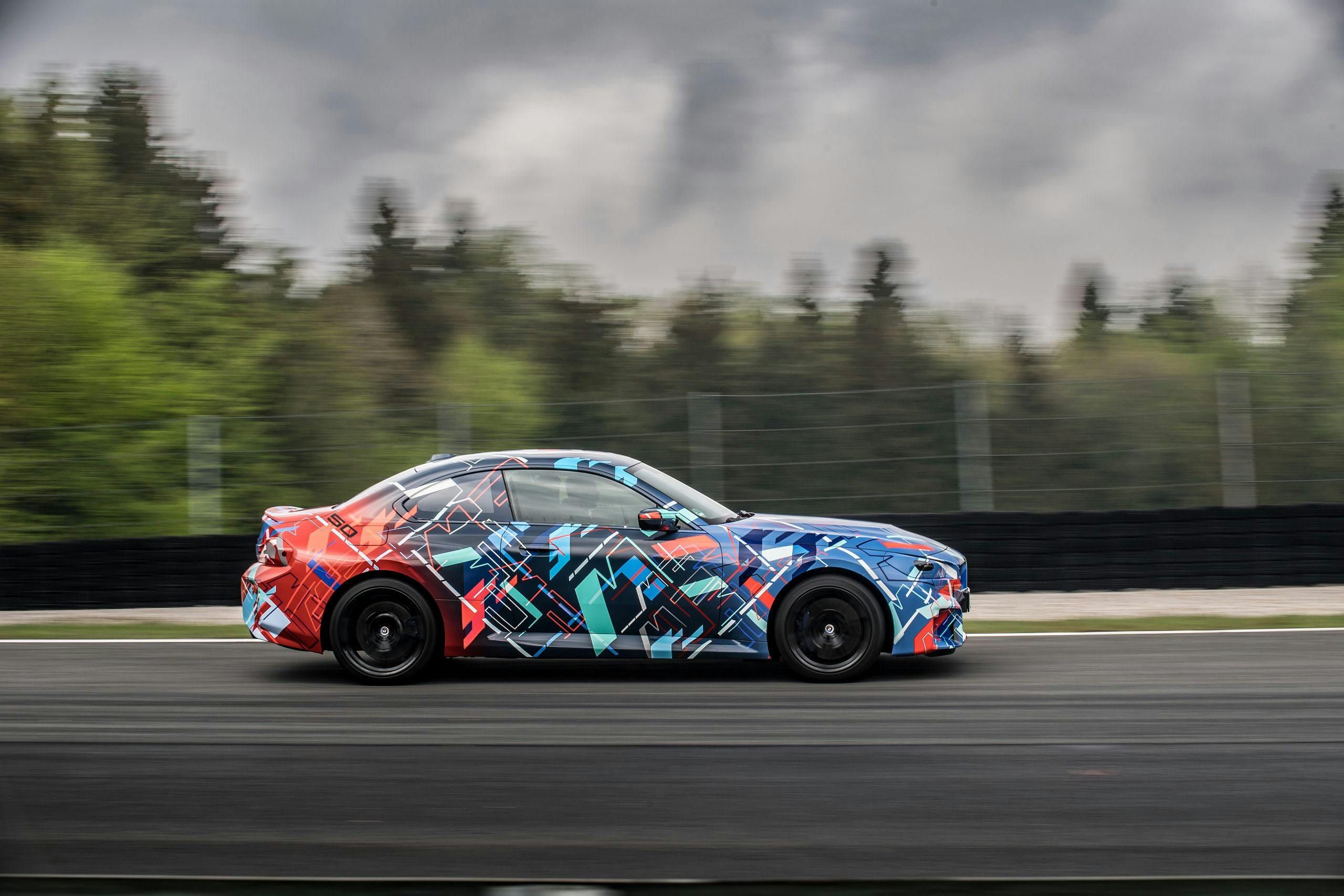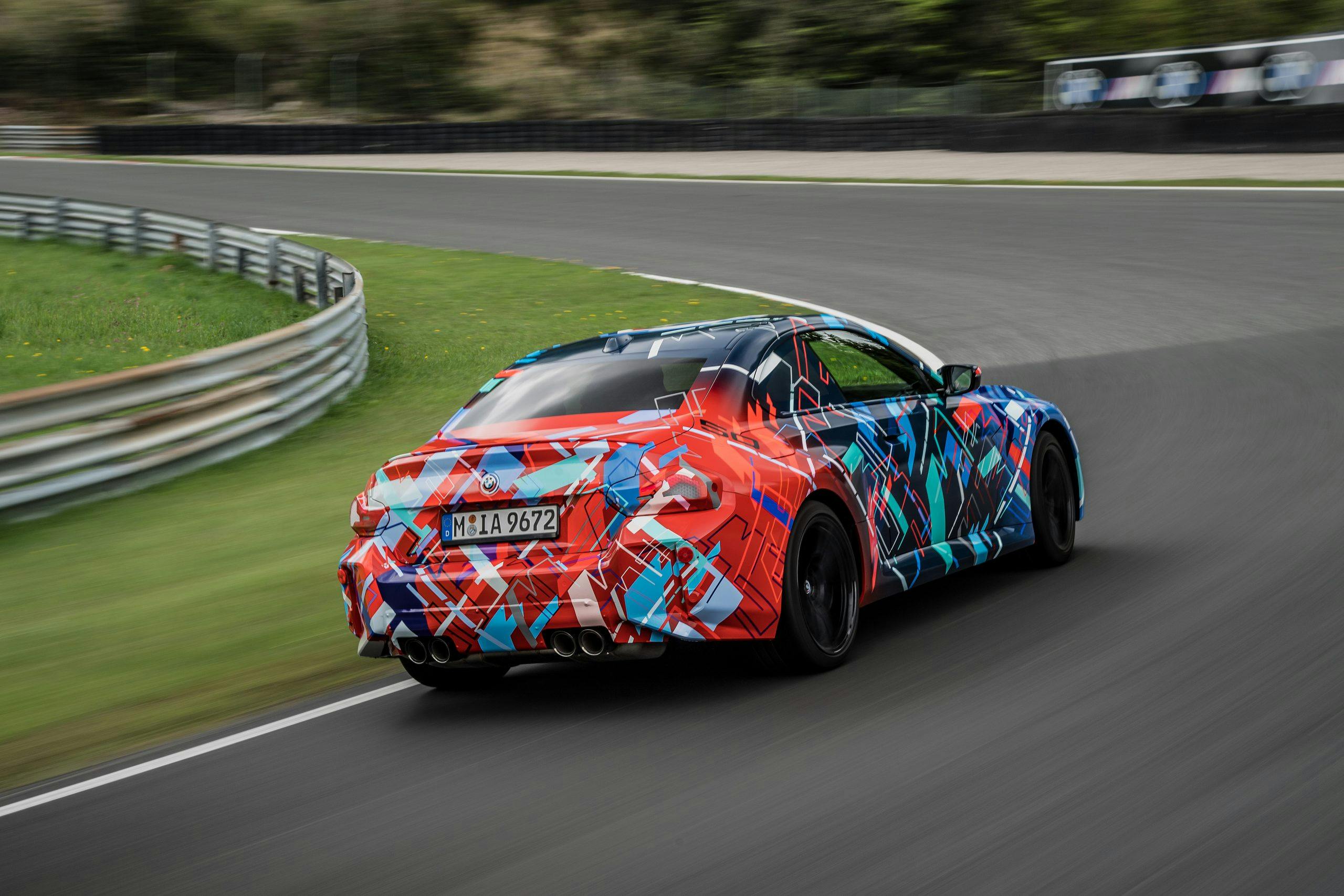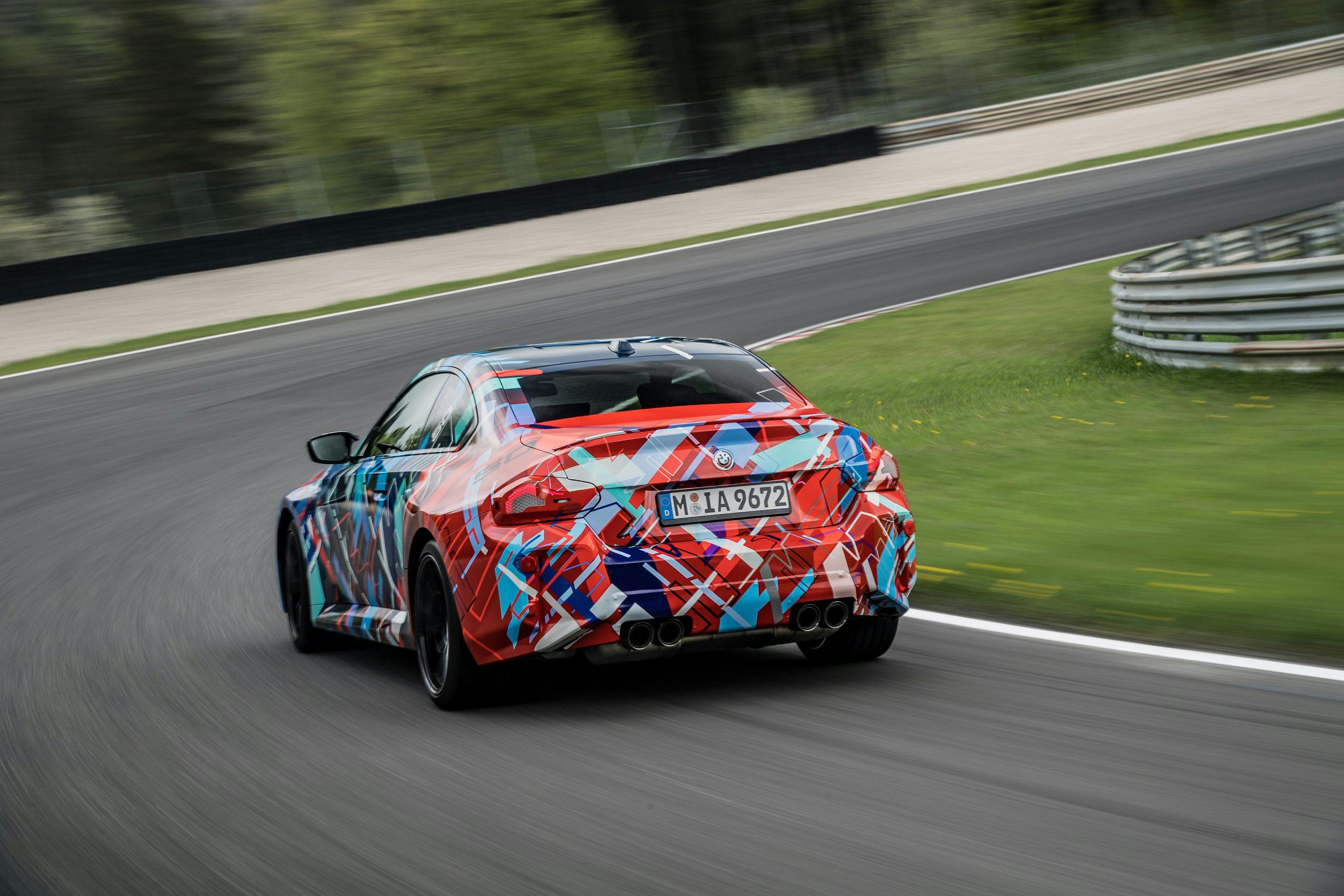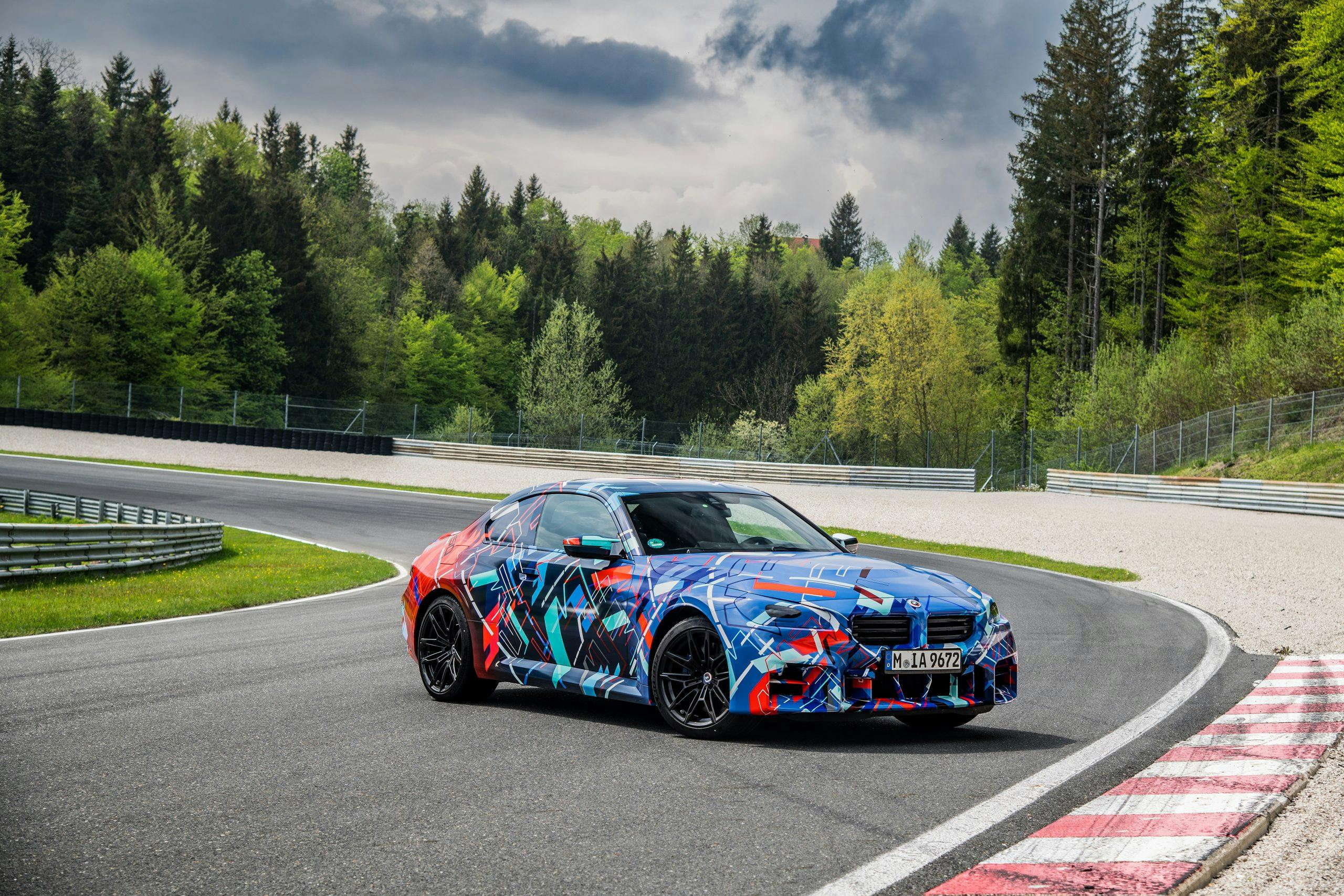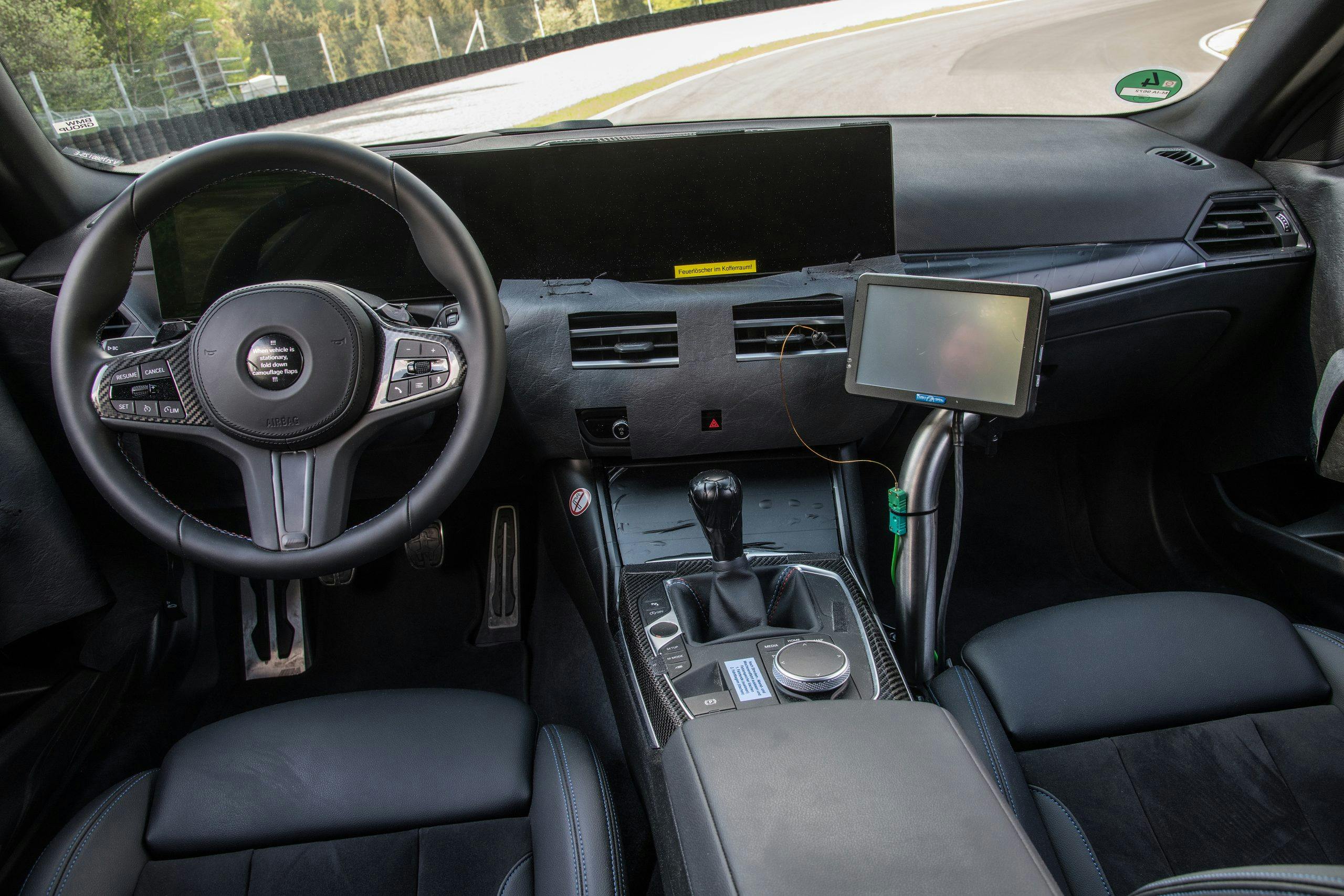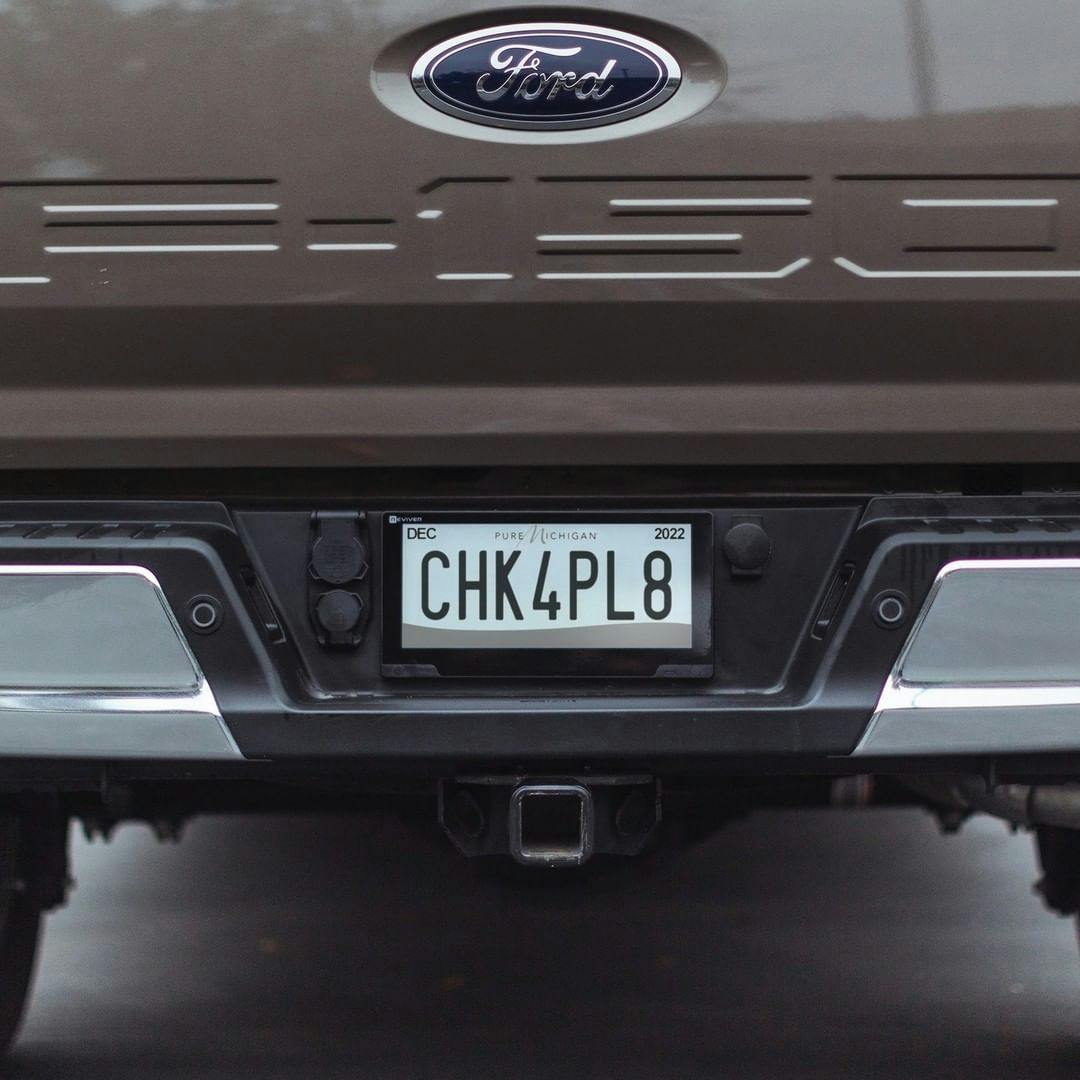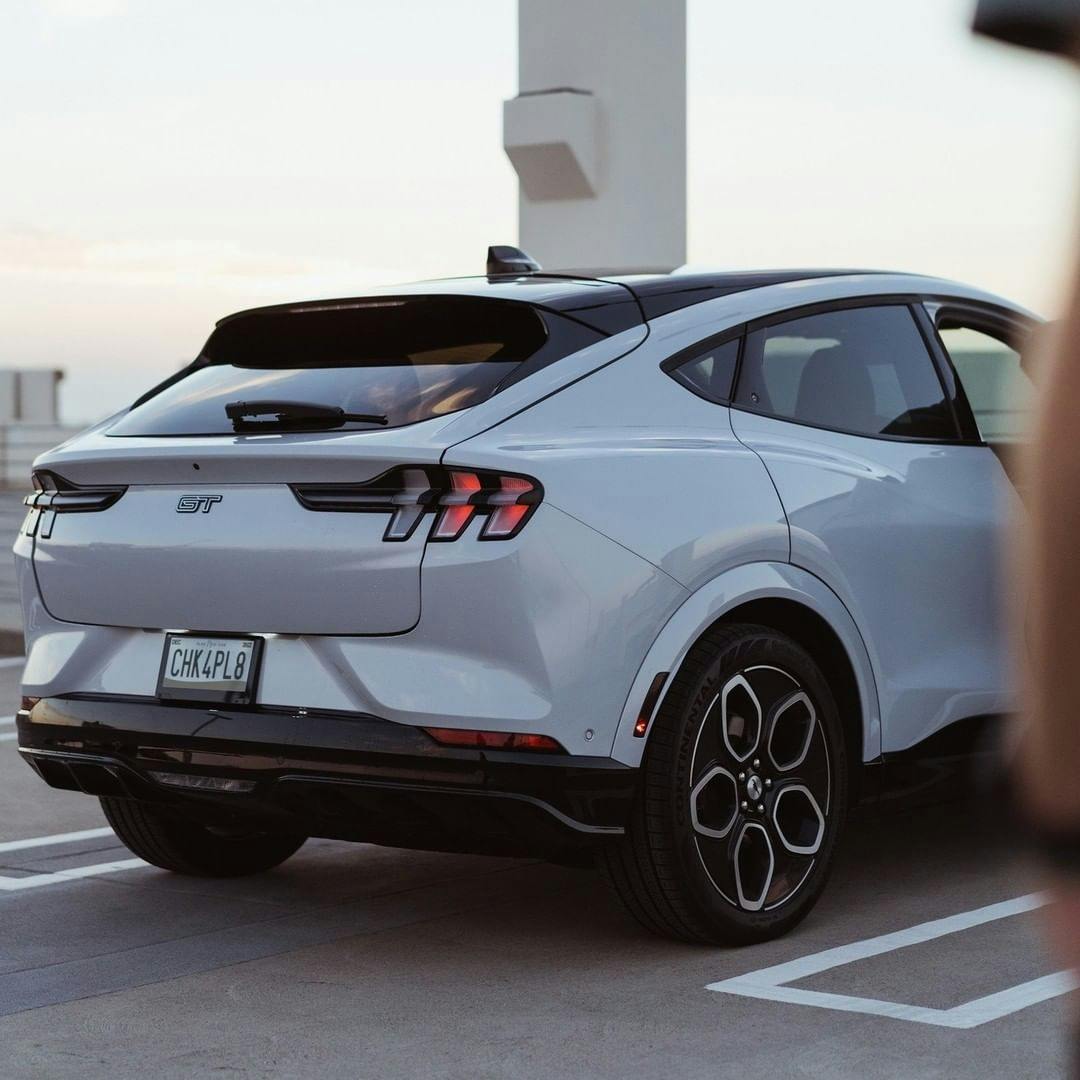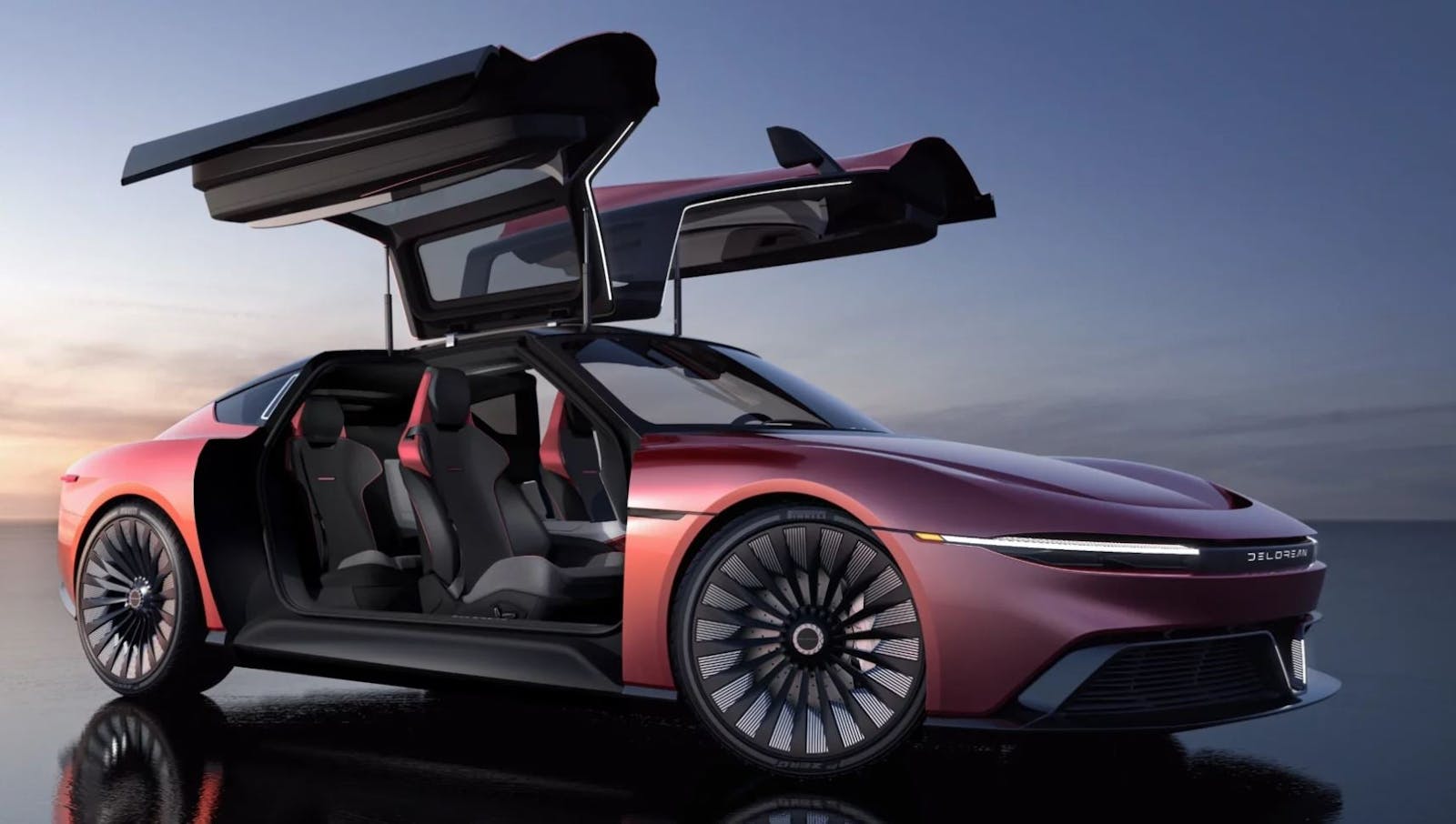2024 Blazer SS EV undisguised, M2 due this fall, Michigan embraces digital license plates
Behold Chevrolet’s first electric SS model, due in July
Intake: With a proclaimed “groundbreaking mix of style, performance and technology” the 2024 Chevy Blazer EV will be officially released on July 18th, in a top-tier Super Sport trim level. Underpinned by the General’s soon-to-be ubiquitous Ultium platform, the Blazer (especially the SS trim level) is expected to offer more performance with a higher price tag than the upcoming Equinox EV, which should start around $30K. As details are still thin on the ground, we’ll also wager the Blazer is poised to offer compelling reasons for would-be buyers to avoid Tesla’s Model Y crossover.
Exhaust: The Blazer EV is likely taking a page from its gasoline-powered predecessor, considering the current model costs over $7000 more than the gasoline Equinox. (It will likely go toe-to-toe with Ford’s Mustang Mach-E, with the SS model aligning with the GT in power and price.) With almost a quarter-million Blazers sold since its inception in 2019, it’s a safe bet the EV variant will continue to impress CUV buyers…while bringing home enough bacon to mercilessly silence Blazer loyalists’ who demand a return to a truck-based template.
Ride with Jay Leno in the last great Packard
Intake: The Packard Caribbean might be the quintessential 1950s American car: Big, bechromed, luxurious, powerful. Unfortunately it was also one of Packard’s last cars before the company became a shell of itself upon merging with Studebaker. Powered by a 352-cubic-inch V-8 that was first introduced in 1955, Packard was very late to the V-8 game, holding onto its straight-eight as long as it could. The interior is all posh, with power everything and two-tone, reversible seat cushions. It look right at home on the California streets with Jay Leno behind the wheel. A truly timeless car.
Exhaust: It’s always sad when one of the most notable things about a car is its “last-of” status, but the last of the pure-blooded Packards wears the title with pride. With torsion-bar suspension this convertible floats over just about anything and cruises the highway easily. There wasn’t anything like then, and there may never be again.
New M2, the last gas-only BMW, arrives in October
Intake: Back in 2015, those lamenting the ever-increasing growth of the BMW M3/M4 were gifted an olive branch from the folks in Munich: The BMW M2. The M2 was a more compact, rear-drive-only, fire-breathing two-door that became an overnight cult classic. Now, BMW is readying the next generation of the M2, which will be its last gas-only model. Ahead of an October world debut, BMW has released a gaggle of images of the camo-clad test mule out on track at the Salzburgring in Austria. The new M2 will use the same S58 twin-turbocharged 3.0-liter straight six as its M3 and M4 big brothers, and feature rear-wheel-drive and either a six-speed manual or eight-speed automatic.
BMW says that the new production M2 boasts a similar performance level to the outgoing M2 CS, whose output figures of 444 hp and 406 lb-ft and 0–62mph time of 4.2 seconds are downright impressive for a package this small. A few special equipment items have already been announced, too: An optional carbon-fiber roof to reduce weight, and those wicked carbon buckets from the M3/M4. We’ll have to wait for additional details on things like pricing and other special equipment. Following the debut, BMW says the new M2 will head to market in April of 2023.
Exhaust: We’re thrilled to see BMW sending out pure combustion powertrains with a manually shifted, two-door bang. The fact that BMW doesn’t mention that the new M2 will be rear-wheel-drive-only makes us nervous, however; for the longest time, AWD on a real M sedan was a sin, and now the M5, M3, and M4 each offer it. It wouldn’t surprise us if the M2 somehow cribbed the running gear for four driven wheels as well.
Honda gives a sneak peek of the new Hornet design
Intake: The Honda Hornet is a model that was first introduced in the U.S. in 2000 and lived as the 599 model until 2013. Its four-cylinder power combined with naked-bike looks and upright handlebar seating garnered a loyal fanbase. In 2019 Honda teased that the Hornet model would make a comeback. Earlier this June, it released a video laying out the design details and hinted at what the powerplant might be with a sound clip that gives off a lot of parallel twin vibes to our ears.
Exhaust: This seems like a highly functional motorcycle, much like the original 599 and 919 models were. However, U.S. buyers always seemed to favor full-fairing machines, while the Hornet was more European focused. This new Hornet will likely be Euro-only at first, but U.S. buyers seem more open to comfort and functionality these days compared to the all-out speed of a race replica. Time will tell.
Michigan is now offering digital license plates
Intake: In partnership with California-based company Reviver, Michigan drivers now have the option to purchase a digital license plate for their vehicle. Touting the new plates as a “modern licensing solution that works for the way we live today,” Reviver co-founder and chief strategy officer Neville Boston says the digital license plates come with a smartphone app that includes the ability to switch the plate’s display between a light and dark mode, personalize a banner message at the bottom of the plate, receive alerts if the vehicle is moving, and report the vehicle stolen. The plates are offered in two options: RPlate, a battery-powered, self-installed model with a replaceable five-year battery that costs $19.95 a month or $215.40 for a four-year commitment; and RPlate Pro, a hard-wired model installed by a professional that includes integrated telematics features and a backlit display for $24.95 a month or $275.40 for four years. Businesses can purchase RFleet, which bundles each plate with a suite of software features for commercial vehicle fleet managers; the cost is not given on Reviver’s website. Michigan is the third state, after California and Arizona, that allows the legal sale and registration of digital plates.
Exhaust: While we can see the advantages of a digital plate that comes with a boatload of features—and the ability to display amber or silver alerts—we can’t fathom why anyone would want to shell out the extra coin for the current offerings. Is $215.40 (on the low end) worth it to avoid the lines at the DMV? Do you really need yet another form of social media to broadcast messages that are momentous only to yourself? (Wait, isn’t that what Facebook and Twitter are for?) Worst of all, anything you want to put on your digital plate must be pre-approved, so some truly valuable information like “Lions Suck!” and “You’re a horrible driver—yes, you!” are not viable options.
